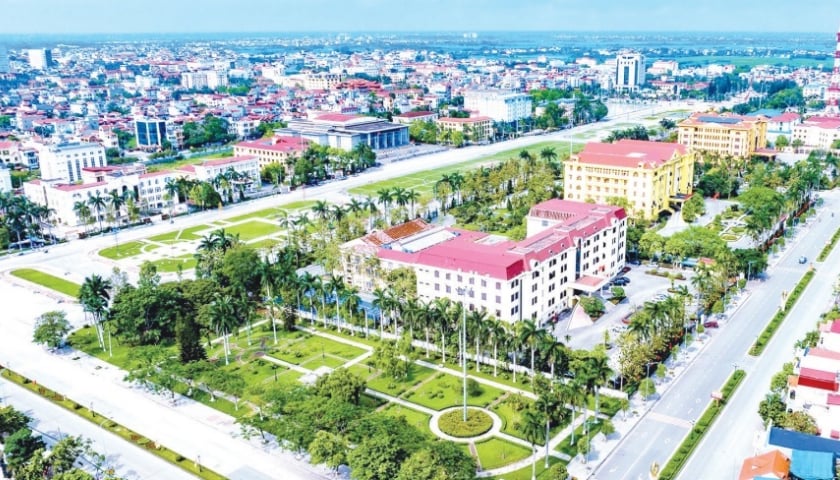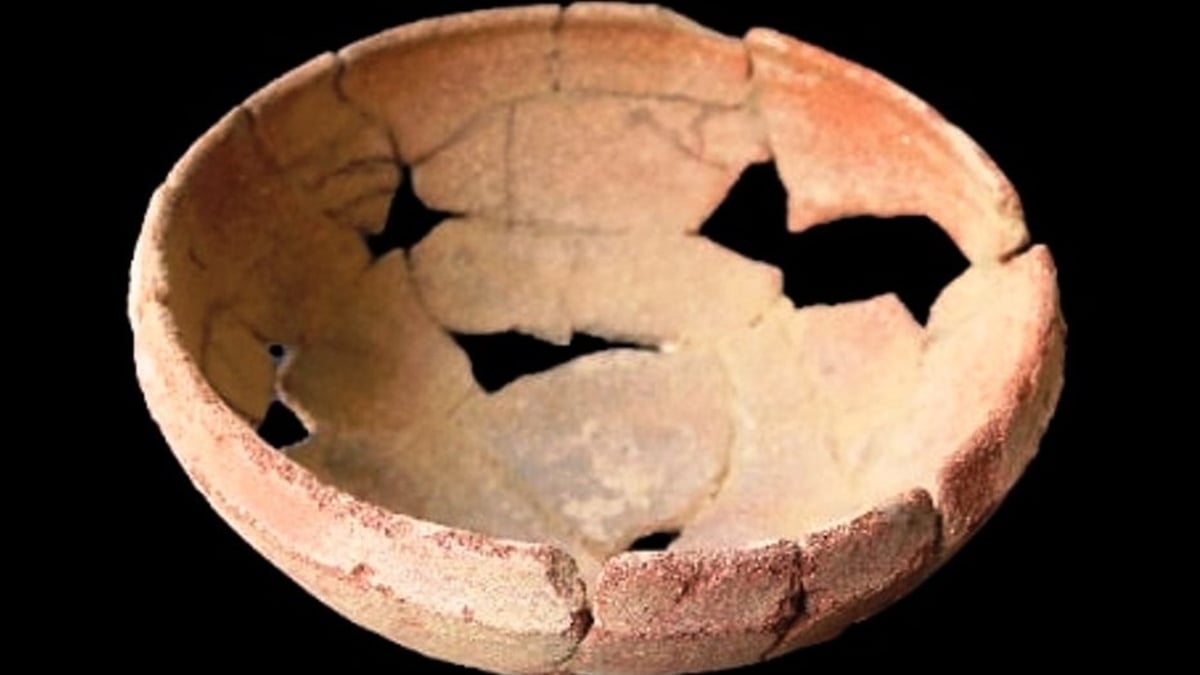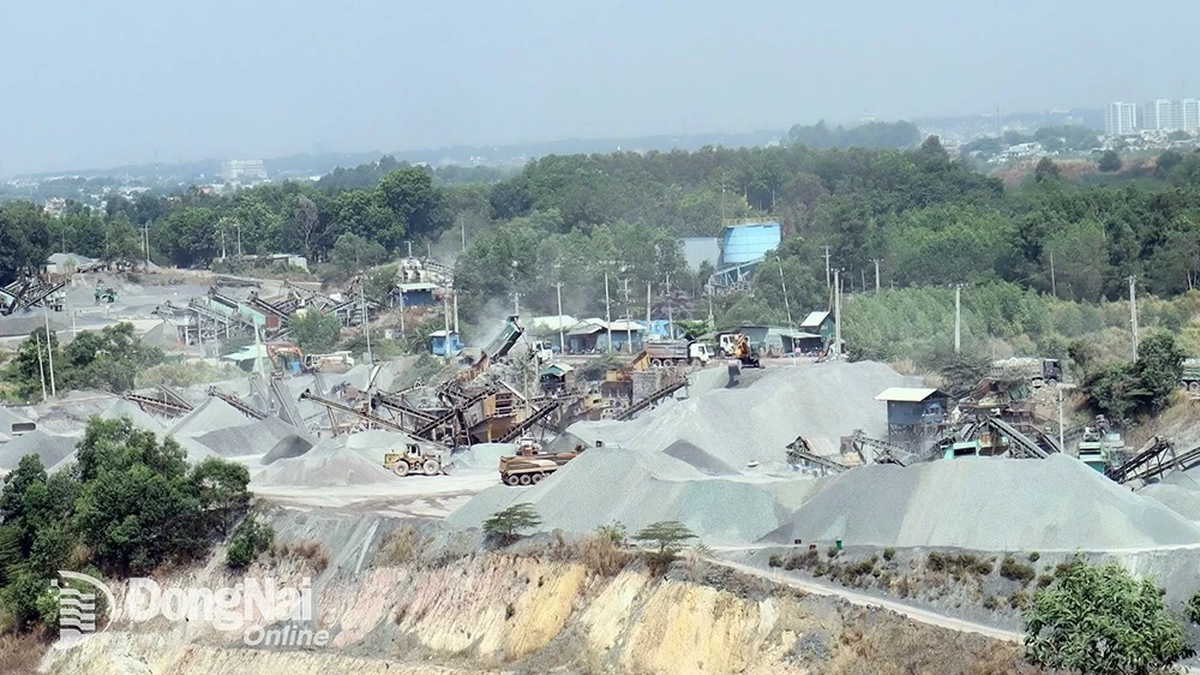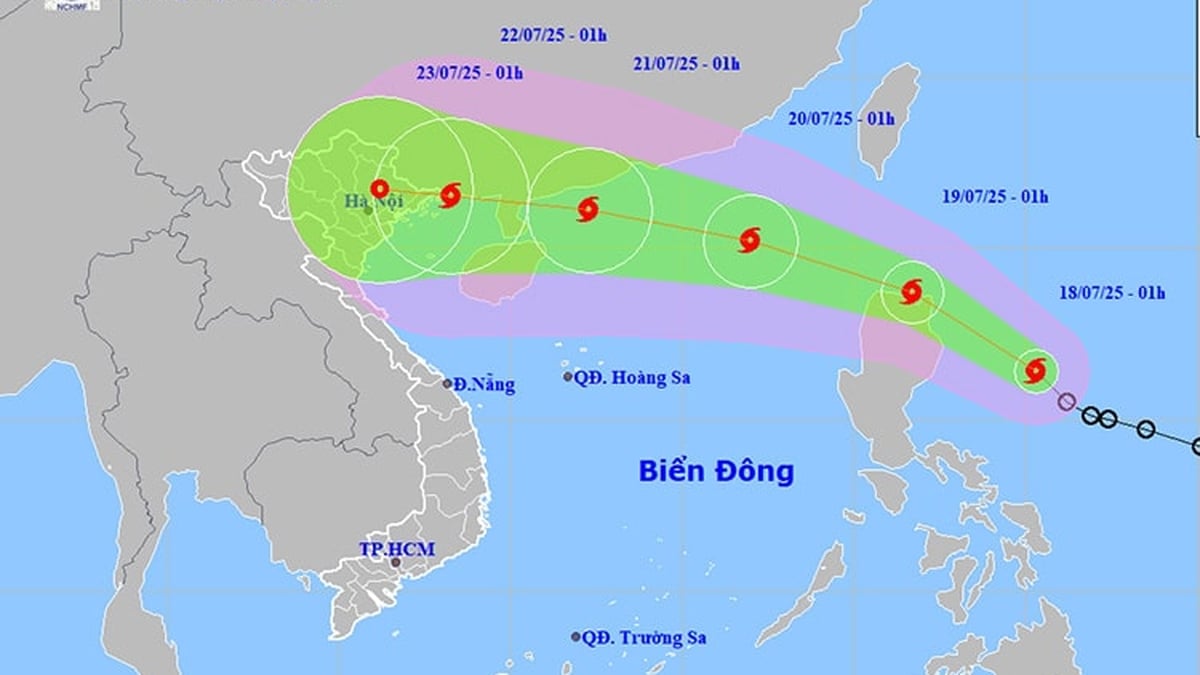Hung Yen City.
The new Hung Yen province has a natural area of over 2,514km2 , a population of over 3.56 million people, and is expected to have 104 commune-level administrative units. When merged, key leadership personnel as well as the organization and apparatus of these two provinces and cities will be rearranged.
Over the past few months, it seems that the vast majority of cadres and people from all walks of life in Thai Binh province have had thoughts and concerns about the event of the province's unification. These are inevitable, very legitimate, and very valuable thoughts. In a way, they can be considered a measure of deep affection for the homeland and more than ever, the close bond that was once identified as an outstanding tradition is now blended and integrated in the Thai Binh community with the consciousness "Oh Thai Binh, how lovely".
Of course, it is worth noting that the thoughts and concerns about provincial unification were soon integrated and agreed with the Party's policy on administrative unit rearrangement, province merger, district-level discontinuation, and commune-level merger.
As a son born and raised in Thai Binh, comrade Nguyen Khac Than, Secretary of Thai Binh Provincial Party Committee, spoke about the process of implementing the project of merging the provinces: “In the past, the two provinces have regularly exchanged, coordinated, and shared to implement the work for the merging process and will continue to strengthen to complete the proposed work. The merger will promote the potential, strengths, resonate and integrate the achievements, overcome difficulties, and implement especially important political tasks in the coming time”.
Comrade Nguyen Huu Nghia, member of the Party Central Committee, Secretary of the Hung Yen Provincial Party Committee also emphasized: “In the past time, the leaders of the two provinces of Hung Yen and Thai Binh have strengthened their leadership and directed the advisory agencies to prepare the necessary conditions and develop a project to merge the provinces. The leaders of the two provinces have promoted the spirit of democracy, responsibility, focused their intelligence, and contributed ideas to come up with an optimal merger plan, suitable to the reality of the two provinces.”
On the threshold of "two hometowns returning to a new province", let me briefly outline the similarities in natural elements, population, history and culture of Thai Binh and Hung Yen.
First of all, Thai Binh and Hung Yen are located in the center of the Red River Delta, in the key economic region of the North and the economic triangle of Hanoi - Hai Phong - Quang Ninh, sharing the common feature of having no mountains or hills. Regarding the population, Thai Binh and Hung Yen are mostly ethnic Vietnamese (Kinh), mainly Buddhists and partly Catholics. At the same time, they are typical examples of narrow land, crowded people with the highest population density in the country.
In ancient times, the land of Hung Yen and Thai Binh belonged to Giao Chi district. During the period of Chinese domination, the Qin Dynasty (221 - 207 BC) called it Tuong district, the Han Dynasty (204 - BC - 220 AD) called it Giao Chi, the Tang Dynasty (618 - 907) called it Giao Chau. The Ngo Dynasty called it Dang Chau, the Dinh and Tien Le Dynasties also called it the same. During the Le Ngo Dynasty (1006 - 1009), it was changed to Thai Binh prefecture. The Ly Dynasty, during the reign of King Cao Tong (1176 - 1210), separated it into Dang Chau and Khoai Chau, sometimes called Dang Lo and Khoai Lo. The Tran Dynasty from the reign of King Thai Tong (1225 - 1258) to the reign of King Nghe Tong (1370 - 1372) established the roads Long Hung, Khoai Lo, Kien Xuong, sometimes not called Lo but called Phu. During the Ming Dynasty, Hung Yen - Thai Binh land belonged to Tran Man and Kien Xuong prefectures. During the Le Dynasty, at the beginning of the Thuan Thien era (1428 - 1433), Khoai Chau and Tien Hung prefectures were changed to belong to the Southern region. At the beginning of the Quang Thuan era (1460 - 1469), it belonged to Thua Tuyen Thien Truong. In the middle of the Hong Duc era (1470 - 1497), it was changed to Thua Tuyen Son Nam. At the beginning of the Quang Hung era (1578 - 1599), it was changed back to its original name. In the second year of Canh Hung (1741), Son Nam was divided into two routes: Thuong and Ha. Khoai Chau prefecture belonged to Son Nam Thuong, Tien Hung prefecture belonged to Son Nam Ha. Later, the route was changed to Tran (ie Son Nam Thuong town and Son Nam Ha town). In the second year of Minh Mang (1821), Son Nam Ha town was changed to Nam Dinh town. In the 12th year of Minh Mang (1831), Hung Yen province was established, including 5 districts of Khoai Chau prefecture (Son Nam town) namely Dong Yen, Phu Dung, Kim Dong, Thien Thi, Tien Lu and 3 districts of Tien Hung prefecture (Nam Dinh town) namely Than Khe, Dien Ha, Hung Nhan. On February 25, 1890, the Governor-General of Indochina issued a decree to establish Bai Say province, including 4 districts: Yen My, My Hao, Cam Luong and Van Lam. Also in that year, Thai Binh province was established on the basis of separating Tien Hung prefecture from Hung Yen and merging with Kien Xuong prefecture and Thai Binh prefecture of Nam Dinh province...
Throughout the history of building and defending the country, the land of Hung Yen - Thai Binh has always had heroes and cultural celebrities in many fields. Nearly 10 centuries of mandarin examinations under the feudal period of Vietnam (1075 - 1919), there were countless great scholars of Hung Yen and Thai Binh whose names were recorded on the golden boards and stone steles. If in the military field, Hung Yen was proud to have Trieu Quang Phuc, Pham Ngu Lao, Nguyen Thien Thuat, Hoang Hoa Tham... then Thai Binh is still proud to have the genius Tran Thu Do and the famous and talented mandarins who founded the Tran dynasty, Hoang Cong Chat, Phan Ba Vanh, two famous peasant uprising leaders of the South, Nguyen Quang Bich, the number one anti-French Can Vuong leader in Bac Ky, Ta Hien, the Northern Military Affairs Minister and Admiral of Dinh - An (Nam Dinh - Hung Yen), who played the role of a link between the anti-French movements in Bac Ky, including the Bai Say movement in Hung Yen. If Hung Yen is proud to have the famous physician Hai Thuong Lan Ong Le Huu Trac, a world cultural celebrity, then Thai Binh is proud to be the hometown of the scholar Le Quy Don, who will be honored by the whole world.
If on the journey of national liberation and nation building, Hung Yen was proud to have loyal communist soldiers, outstanding revolutionaries such as: To Hieu, Le Van Luong, Lieutenant General Nguyen Binh, General Secretary Nguyen Van Linh... then Thai Binh is also forever proud to be the hometown of leader Nguyen Duc Canh, who participated in founding the Communist Party of Vietnam, General Hoang Van Thai, the first Chief of the General Staff of the Vietnam People's Army, advisor Vu Ngoc Nha, hero Pham Tuan and many famous generals in military history...
Culturally, Hung Yen - Thai Binh is a place where the rich and unique cultural features of the Red River Delta are deposited, converged and spread. The whole Hung Yen province currently has nearly 4,000 historical and cultural relics, nearly 1,000 unique traditional festivals and hundreds of traditional craft villages. If Hung Yen was once known for its craft villages with high economic and cultural values such as Cau Nom bronze casting, Muong village iron forging, Xuan Cau dyeing, Lien Phuong silk weaving, Thu Sy basket weaving, Noi Le bamboo boats, honey, Kim Dong sugar cane, Yen Nhan soy sauce... then Thai Binh also has traditional craft villages famous domestically and internationally such as Dong Xam silver carving, An Tiem iron forging, An Long bronze casting, Minh Lang lace embroidery, Nam Cao linen weaving, Phuong La weaving, Hoi mats, Ruong Thong bamboo and rattan weaving, Thanh Huong green rice... Not to mention the unique specialties such as fish cake, longan... These cultural resources can be considered distinct strengths for the tourism industry to develop when Hung Yen - Thai Binh are "under one roof".
Since ancient times, the two homelands sharing the same Luoc River have always had historical, cultural, marital and bloodline relationships. Now, when they are under the same administrative unit, there will certainly be many new modern interactions, and the momentum from the traditional support will certainly help “two homelands in a new province” to soar high and fly far in the new era.
Nguyen Thanh
(Vu Quy, Kien Xuong)
Source: https://baothaibinh.com.vn/tin-tuc/19/225744/su-tuong-dong-ve-lich-su-va-van-hoa-giua-thai-binh-va-hung-yen






































































































Comment (0)